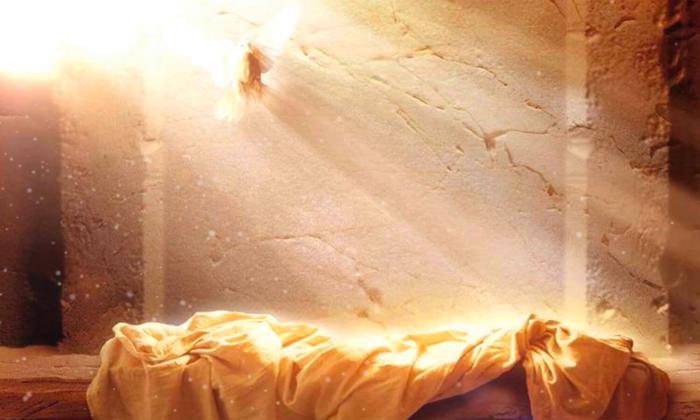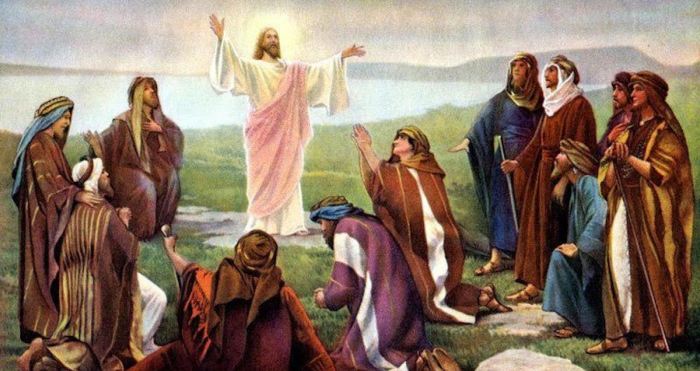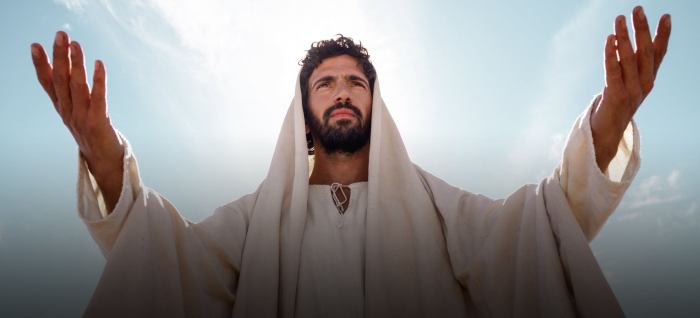Did Jesus look different after the resurrection? This intriguing question has captivated the minds of theologians, artists, and believers for centuries. From biblical accounts to artistic depictions, the nature of Jesus’ post-resurrection appearance has been a subject of intense scrutiny, shaping Christian beliefs and cultural narratives.
This exploration delves into the physical appearance changes attributed to Jesus after his resurrection, examining biblical descriptions and their theological interpretations. It analyzes artistic representations throughout history, tracing the evolution of his image and its impact on Western culture. Through this multifaceted investigation, we seek to uncover the significance of Jesus’ post-resurrection appearance, its implications for our understanding of his identity and mission, and its enduring legacy in shaping Christian faith and cultural expression.
1. Physical Appearance Changes

The Bible provides limited descriptions of Jesus’ physical appearance both before and after his resurrection. Before the resurrection, he is often depicted as a man with an ordinary appearance, wearing simple garments and having short hair and a beard. However, after the resurrection, there are some notable changes in his physical form.
Facial Appearance
- Radiant countenance:After the resurrection, Jesus’ face is described as “shining as the sun” (Matthew 17:2). This radiance is symbolic of his divine nature and his glory as the risen Lord.
- Transfigured appearance:In the account of the Transfiguration, Jesus’ face is described as “shining like the sun” and his clothes as “white as light” (Matthew 17:2). This transfiguration foreshadows his resurrection and reveals his true divine identity.
Body Changes
- Intangibility:After the resurrection, Jesus is able to pass through closed doors and walls, demonstrating his ability to defy physical limitations (John 20:19).
- Restored wounds:While his wounds from the crucifixion are initially visible to his disciples, they later disappear, indicating his complete healing and resurrection (John 20:27).
- Ascension:Finally, Jesus ascends into heaven, disappearing from the sight of his disciples (Acts 1:9). This physical departure signifies his transition to a glorified, spiritual body.
Significance of Changes
The physical changes in Jesus’ appearance after the resurrection are not merely cosmetic. They are symbolic of his victory over death, his divine nature, and his transition to a new, glorified existence. These changes serve as a reminder of the transformative power of God and the hope of eternal life for believers.
2. Theological Interpretations: Did Jesus Look Different After The Resurrection

The nature of Jesus’ resurrected body has been the subject of much theological debate throughout church history. Different perspectives have emerged, ranging from literal to symbolic interpretations.
Literal Interpretations
- Physical Body:Some theologians argue that Jesus’ resurrected body was a physical, tangible body, similar to his pre-resurrection body. They emphasize the accounts of Jesus eating, drinking, and being touched by his disciples.
- Transformed Body:Others believe that Jesus’ resurrected body was transformed and glorified, possessing both physical and spiritual qualities. They point to his ability to pass through walls and his ascension into heaven.
Symbolic Interpretations
- Spiritual Body:Some early church fathers, such as Irenaeus, suggested that Jesus’ resurrected body was purely spiritual, not bound by physical limitations. This view emphasizes the spiritual nature of the resurrection and its transformative power.
- Allegorical Body:Other theologians interpret the descriptions of Jesus’ resurrected body as allegorical or symbolic, representing his triumph over sin and death and the spiritual transformation of believers.
Impact on Christian Beliefs, Did jesus look different after the resurrection
These different interpretations have influenced Christian beliefs and practices. The belief in a physical resurrection has led to the emphasis on the bodily resurrection of all believers. The idea of a transformed body has inspired hope for a future glorified existence.
Symbolic interpretations have contributed to the development of sacraments and rituals that symbolize the spiritual transformation of believers.
3. Artistic Depictions

Jesus’ resurrected appearance has been a popular subject in Christian art throughout history. Artistic representations have evolved over time, reflecting cultural and theological influences.
Early Christian Art
- Mosaics and Frescoes:In early Christian mosaics and frescoes, Jesus is often depicted as a young, beardless figure, wearing a white robe. This youthful and idealized image reflects the belief in his divine nature and victory over death.
Medieval Art
- Iconography:In medieval art, Jesus’ resurrected appearance becomes more formalized. Icons depict him with a halo, holding a book or orb, and wearing a flowing robe. These iconographic conventions emphasize his divinity and authority.
Renaissance Art
- Humanism and Realism:During the Renaissance, artists began to depict Jesus’ resurrected body with greater realism. They incorporated human anatomy and naturalism into their paintings, while still maintaining the traditional iconography.
Modern and Contemporary Art
- Symbolism and Abstraction:In modern and contemporary art, Jesus’ resurrected appearance is often depicted in abstract or symbolic ways. Artists use different techniques and materials to convey the spiritual and transformative nature of the resurrection.
Cultural Impact
Artistic depictions of Jesus’ resurrected appearance have had a profound impact on Western culture. They have shaped societal values, beliefs, and religious practices. These images have inspired awe, devotion, and a sense of hope among believers for centuries.
FAQ Insights
Did Jesus’ appearance change significantly after the resurrection?
According to biblical accounts, Jesus’ physical appearance underwent certain transformations after his resurrection. He was described as having a glorified body, radiating light, and possessing the ability to appear and disappear at will.
How did the early church fathers interpret Jesus’ post-resurrection appearance?
Early church fathers, such as Ignatius of Antioch and Justin Martyr, emphasized the spiritual and symbolic nature of Jesus’ post-resurrection body. They saw it as a manifestation of his divine nature and a symbol of the resurrection of all believers.
How has Jesus’ post-resurrection appearance influenced Christian art?
Jesus’ post-resurrection appearance has been a central theme in Christian art throughout history. Artists have depicted him in various forms, from the early Christian mosaics to contemporary paintings, reflecting the evolving theological and cultural interpretations of his resurrection.